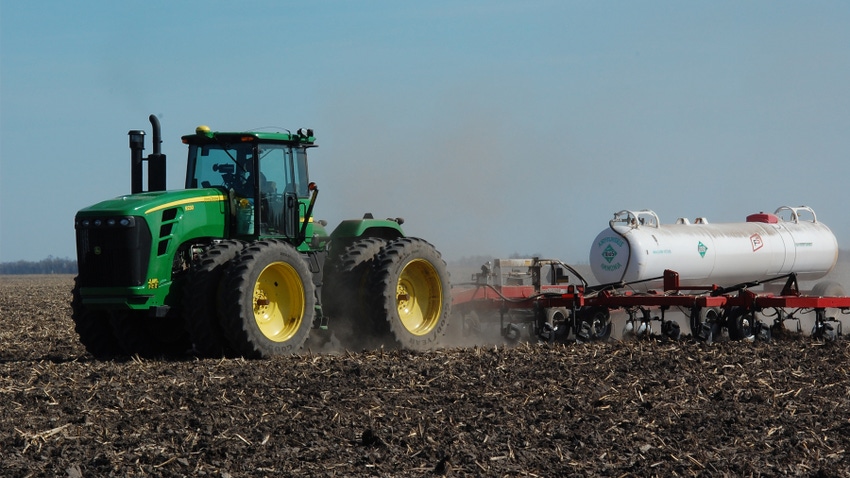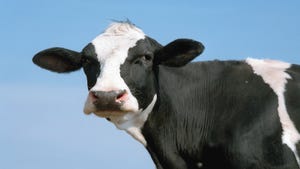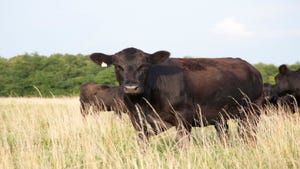
The mainly open winter with higher-than-average temperatures and little snow cover across Iowa and other Midwest states allowed for anhydrous ammonia applications — but that advantage had a downside.
If applied without a nitrification inhibitor, that nitrogen would have been exposed for weeks or months, says Tim Laatsch, director of agronomy for North America at Koch Agronomic Services. Although inhibitors are more commonly applied to fall N, Koch’s trials show their potential to protect late-winter, spring-preplant and growing-season sidedressing applications, he says.
Without an inhibitor, N can remain in the soil for weeks and be prone to losses. “That can cost farmers at harvest, as nitrogen is estimated to account for as much as 25% of corn yield,” Laatsch says.
Recency bias
With crop budgets tighter, it’s tempting to cut back on inputs such as N inhibitors, Laatsch says. “Recency bias” — a phenomenon where a current action is based on past action — may come into play this spring.
“Last year was dry. And with crop budgets tight, there’s a tendency to skip the cost of protecting nitrogen this year as a way to save money,” Laatsch says.
Still, this can cost farmers money in the end, he says. N loss can occur not only through denitrification under the soil profile, but also through volatilization on the soil surface. UAN that’s topdressed or applied on the soil surface via Y-drops is exposed to volatilization.
“That happens even without excessive rainfall,” Laatsch says. “The longer you go without rain, the more N you can lose. Half the nitrogen in UAN is sourced from urea and is highly prone to volatilization loss. One hundred percent of the N in UAN is prone to belowground losses, so it becomes all the more important to protect against loss.”
Preserving nitrogen
Springtime applications of N inhibitors work particularly well during wet springs in protecting N, Laatsch says. However, Koch agronomists also found protection dividends occurred last year during a drier spring. Centuro, one of Koch’s N inhibitor products, yielded over 300 bushels per acre in a trial at Purdue University, Laatsch says.
“This occurred at our highest nitrogen application rate, and it was statistically separated from the untreated control at the same rate,” he adds. “Even though we had a dry May and June, we still had some [N] protection left when the rains started coming in July and August. They [N inhibitors] protect nitrogen on the front end and through the middle of the growing season, and still help deliver a yield punch at the end.”
Read more about:
FertilizerAbout the Author(s)
You May Also Like






